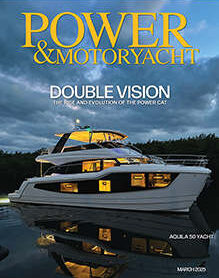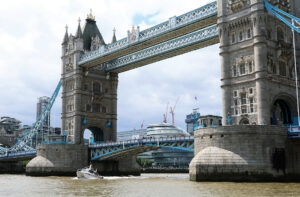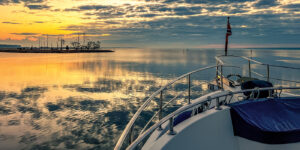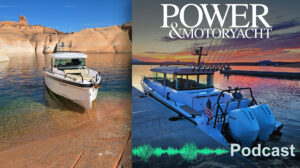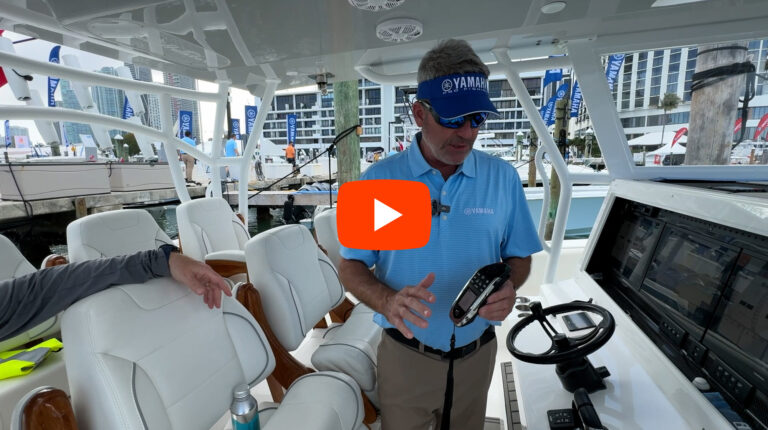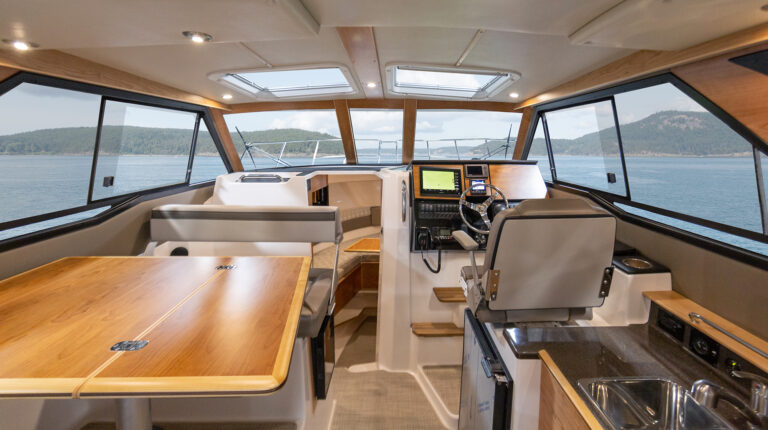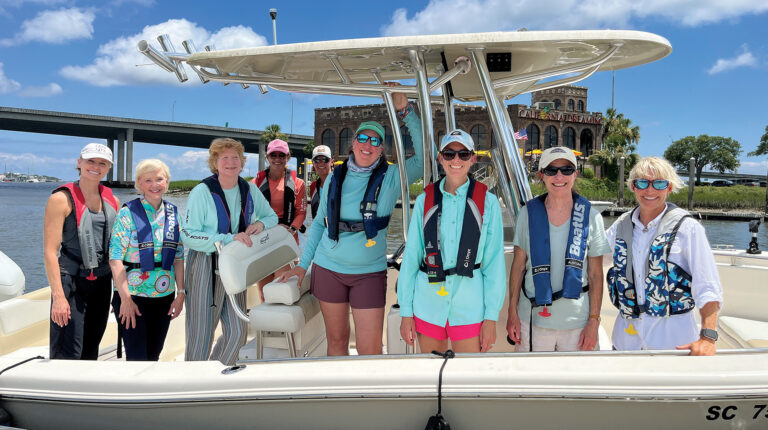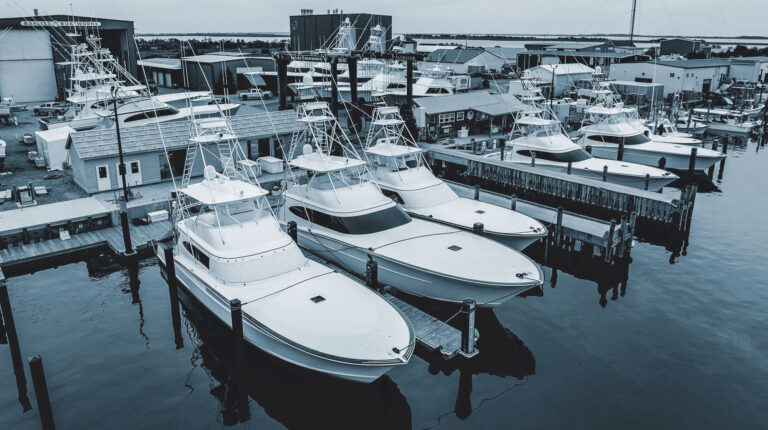Just 20 miles south of Los Angeles is Santa Catalina Island, a natural and historic paradise set against a major urban landscape. Though only 21 miles long, the compact channel island is studded with accessible harbors and secluded coves. Catalina Harbor—called Cat Harbor by locals—is among them, and is a destination of its own. Reaching the harbor requires a cruise around the island’s west end; it may add an extra hour to the trip from the mainland, but the trek will reward with a uniquely calm cove.

Cat Harbor is part of the village of Two Harbors, located on the Isthmus of Catalina. The second is Isthmus Cove, the busier of the two and the quickest to access from the mainland. Though less popular than its neighbor, Cat Harbor is well worth the trip. “Cat Harbor is one of the safest harbors in California,” says Paul Artof, who has been cruising here for 40 years with the Del Rey Yacht Club. Cut exceptionally deep into the island and facing away from the mainland, Cat Harbor is protected from prevailing winds and ocean roll. It is designated as a year-round safe port by the Coast Guard, one of only two such harbors in all of Southern California. With 96 moorings and anchorage for more than 200, it is well-prepared to handle traffic from cruisers ambitious enough to make the trip around the island.

Cat Harbor offers onshore picnic facilities, a public dinghy dock and free pump out, but most other services will need to be accessed at Isthmus Cove. The harbors are separated by an easy 10-minute walk. Amenities at Isthmus Cove include a convenience store, a number of restaurants and nightlife, with a bar district that features live music on busy summer weekends. Cat Harbor is close enough to the excitement, but provides a calm escape from the ruckus on the other side of the island. There is no missing out on a good night’s sleep.

Well-equipped harbors and beachside accommodations make staying in Two Harbors comfortable, but it’s the natural landscape that sets the island apart from other destinations. “It looks like it’s the peak of a mountain,” says Artof, who enjoys hiking whenever he visits Catalina. With its mountainous topography, ocean views and dirt roads, it is an ideal location for hikers and mountain bikers alike. Mountain bike rentals are offered for those who arrive without one. While traversing Catalina, you will likely see buffalo that have roamed there since 1924, when they were featured in a movie filmed on the island. They’re harmless (if you keep your distance).

Catalina is also home to some of the best scuba diving and snorkeling in the world. Its unique coastal habitat and Marine Conservation Area is home to sea lions, whales, dolphins and a number of other species. “We always see flying fish when we cross over to the island,” Artof says. “It’s a uniqueness of the area.”
On the other side of the island is Avalon, about 20 miles from Two Harbors. The iconic city was home to William Wrigley for a time and features a historic casino, which displayed the first talking pictures in America and was once frequented by Charlie Chaplin. Avalon has the most boat activity on the island, so finding a mooring may be tough during the busy summer months, but it can be reached by bus from Two Harbors.

“We’re very limited in where we can go in Southern California,” Artof says. “The only island that is a real destination from Marina del Rey to San Diego is Catalina.” The island is well-loved by those who know it well, and has an entire coastal landscape waiting to be discovered by new travelers.

Why Go?
Santa Catalina offers a quiet escape from the urban sprawl of LA. Cat Harbor is the calmest harbor on the island and one of the safest in all of California, granting cruisers peace of mind when exploring the crystal clear waters and mountainous terrain.

Things To Do
Take advantage of some of the cleanest waters in the world: Scuba diving and snorkeling are accessible with rentals and guided tours offered in Two Harbors. Or go ashore and hike or bike across the mountainous landscape.

